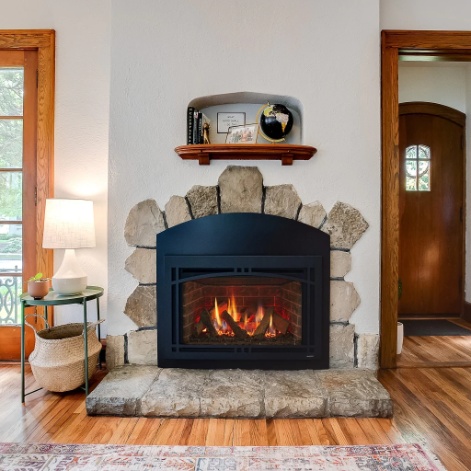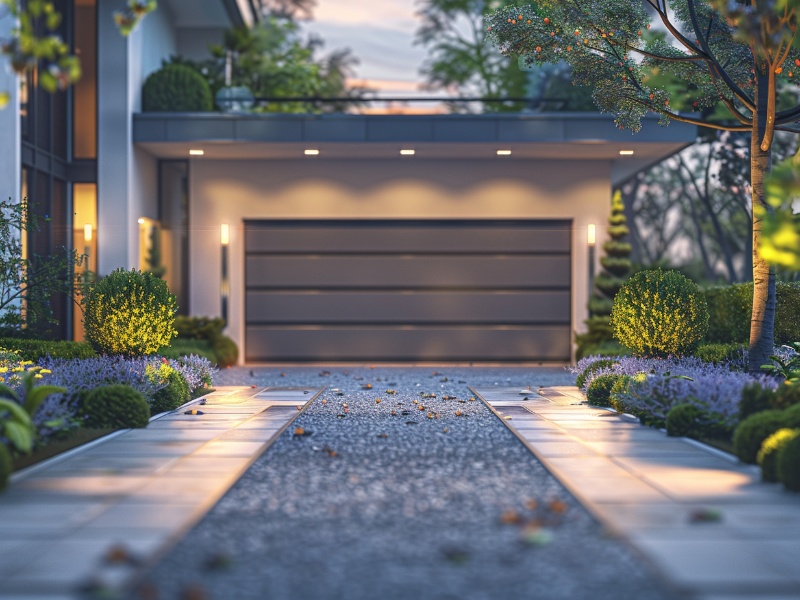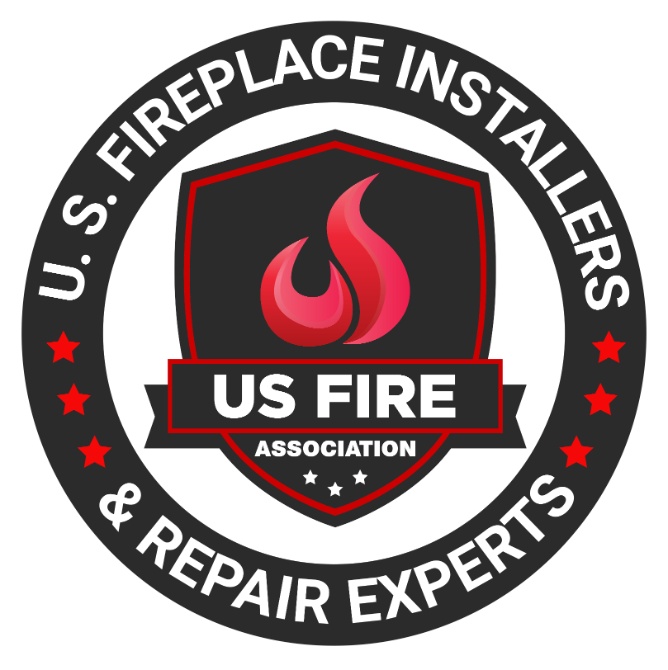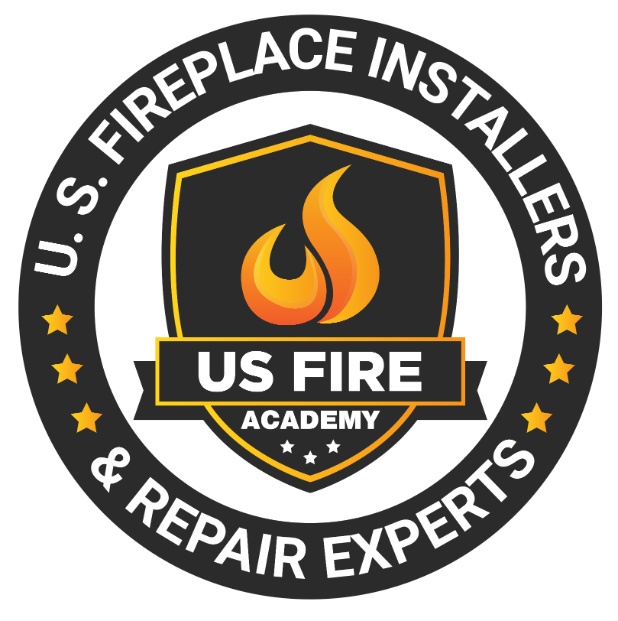Table of Contents
- 1 What Is a Fireplace Surround?
- 2 Why Is It Important to Maintain and Clean Your Fireplace Surround?
- 3 How Often Should You Clean Your Fireplace Surround?
- 4 What Are the Tools and Supplies Needed to Clean a Fireplace Surround?
- 5 Step-by-Step Guide on How to Clean a Fireplace Surround
- 6 How to Maintain Your Fireplace Surround
- 7 Tips for Keeping Your Fireplace Surround Clean and Safe
- 8 Frequently Asked Questions
Are you wondering how to maintain and clean your fireplace surround to keep it looking its best?
In this article, we will discuss what a fireplace surround is, why it is important to maintain and clean it regularly, and how often you should be cleaning it.
We will also provide you with a step-by-step guide on how to effectively clean your fireplace surround.
Additionally, we will share tips on how to maintain its cleanliness and safety.
If you want to learn how to keep your fireplace surround looking great, keep reading!
What Is a Fireplace Surround?
A fireplace surround refers to the area around a fireplace that includes the hearth, brick or stone structure, wood or stone mantle, and decorative elements that frame the fireplace opening.
The hearth of a fireplace surround serves as the foundation and can vary in materials from traditional brick to sleek granite.
The mantle, situated above the fireplace, provides a functional shelf and acts as a focal point for displaying decor like family photos or seasonal accents.
Materials like brick exude warmth and tradition, while stone offers rustic elegance.
Wood can bring a cozy and timeless charm to the overall aesthetics of a room.
The design and material choices for a fireplace surround play a crucial role in enhancing the interior design of a space.
They lend character and charm to the room’s ambiance.
Why Is It Important to Maintain and Clean Your Fireplace Surround?
It is crucial to maintain and clean your fireplace surround regularly to ensure its longevity, safety, and aesthetic appeal.
Proper maintenance and cleaning not only prevent fire hazards but also enhance the overall look of your fireplace.
Regular cleaning and maintenance prevent the buildup of ash, soot, and debris.
This buildup can obstruct proper airflow and lead to potential chimney fires.
When cleaning the fireplace surround, remember to wear protective gear such as gloves and goggles to avoid inhalation of harmful particles.
Regularly inspecting the chimney and flue for blockages or damages is essential for safe operation.
Following maintenance checklists and tips recommended by professionals can help you identify issues early and address them promptly.
This ensures your fireplace remains both visually appealing and a safe focal point in your home.
How Often Should You Clean Your Fireplace Surround?
Cleaning your fireplace surround should be done regularly to prevent the buildup of soot, ash, and creosote.
This buildup can lead to a smoky odor, staining, and potential fire hazards.
The frequency of cleaning depends on the usage of the fireplace and the type of fuel burned.
For fireplaces that are used frequently or with softwood, cleaning every 50 fires is recommended.
Fireplaces used occasionally may only require annual cleaning.
Signs that your fireplace surround needs cleaning include black soot on the walls, a strong smoky smell, or creosote buildup.
Regular cleaning ensures a safe and clean environment and prolongs the life of your fireplace and chimney system.
What Are the Tools and Supplies Needed to Clean a Fireplace Surround?
To clean a fireplace surround effectively, you will need various tools and materials such as a vacuum with attachments, soft cloths, brushes, soapy water, and abrasive or gentle cleaners depending on the material of the surround.
The vacuum with attachments is essential for removing loose debris and ash from the surround surface.
Use a soft cloth dampened with soapy water to gently wipe down the exterior.
For tougher stains, consider using abrasive cleaners cautiously to avoid damaging the material.
Brushes are handy for scrubbing grime in crevices or textured surfaces.
Always test cleaners on a small, inconspicuous area first to ensure compatibility.
With these tools and proper techniques, you can keep your fireplace surround looking clean and well-maintained.
Step-by-Step Guide on How to Clean a Fireplace Surround
Cleaning a fireplace surround involves several steps to remove soot stains, grime, and buildup while maintaining the aesthetics of the material.
To start the process, gather your cleaning supplies such as a vacuum cleaner, microfiber cloths, mild detergent or special stone cleaner depending on the material, a scrub brush, and a sealing agent.
Begin by dusting the surround to remove loose debris before moving on to scrubbing.
Use a gentle scrub brush with your cleaning solution to tackle stubborn soot stains or grime.
Be cautious with abrasive cleaners, especially on delicate surfaces like marble.
After cleaning, polish the surrounding material to restore its shine and luster.
Complete the process by applying a suitable sealer to protect the surface from future staining or damage.
Prepare the Area
Before cleaning the fireplace surround, ensure to prepare the area by clearing the hearth, implementing safety precautions, ensuring proper ventilation, and protecting surrounding surfaces.
Begin by removing any ashes or debris from the hearth using a small shovel and brush.
It is crucial to wear personal protective equipment such as gloves, goggles, and a mask to avoid inhaling dust or irritants.
Open windows or doors for adequate ventilation to dissipate any fumes from cleaning products.
Cover nearby furniture and flooring with drop cloths or plastic sheets to prevent accidental damage.
Take care to secure the area to prevent pets or young children from accessing potentially hazardous cleaning materials.
Remove Loose Debris
Start the cleaning process by removing loose debris from the fireplace surround using a vacuum with a crevice tool attachment.
Wear gloves and a mask for protection during this initial step.
This step is crucial as loose debris can harbor dust, ashes, and potentially hazardous particles.
By effectively clearing away these elements, you create a safer and cleaner environment for the rest of the cleaning process.
The use of appropriate tools such as a vacuum with suitable attachments ensures thorough removal of debris.
Wearing gloves and a mask protects your hands and respiratory system while maintaining overall cleanliness.
Prioritizing this step sets the foundation for a more efficient and effective fireplace surround cleaning routine.
Mix the Cleaning Solution
Prepare a suitable cleaning solution for the fireplace surround, opting for eco-friendly or natural products that help maintain moisture control and prevent damage to the material.
To create an effective eco-friendly cleaning solution, mix equal parts of white vinegar and water in a spray bottle.
The acidity of vinegar helps break down soot and grime, while water dilutes it to prevent any harsh effects on the material.
Adding a few drops of essential oils like tea tree or lavender enhances the cleaning power and leaves a refreshing scent.
Spritz the solution onto a microfiber cloth and gently wipe the fireplace surround.
Ensure you do not oversaturate the surface to maintain moisture control, especially for delicate materials like marble or limestone.
Apply the Cleaning Solution
Apply the prepared cleaning solution to the fireplace surround using a sponge or trowel.
Ensure to use gentle, non-abrasive motions to avoid damaging the material.
Work in small sections, starting from the top and moving downwards.
Gently scrub the surface with the sponge or trowel, focusing on areas with visible stains or buildup.
Allow the cleaning solution to sit for a few minutes to penetrate and loosen dirt.
For tougher spots, you can lightly agitate the solution with the sponge.
Remember to rinse the sponge or trowel frequently to prevent redistributing dirt.
Once the entire surround has been cleaned, use a clean cloth soaked in water to wipe down the surface and remove any residual cleaning solution.
Dry the fireplace surround thoroughly with a soft cloth to reveal its natural beauty.
Scrub and Wipe Down the Surround
Scrub the fireplace surround to remove stubborn grime, stains, or discoloration using a brush or scrubbing tool.
Then, wipe it down with a soft cloth to restore its appearance.
To effectively clean the fireplace surround, start by dampening the brush or scrubbing tool with a mixture of warm water and gentle soap.
Gently scrub the surface in circular motions, focusing on areas with built-up grime or tough stains.
Ensure to use gentle yet firm pressure to avoid damaging the material.
Once you have successfully scrubbed away the dirt, take a clean, soft cloth and wipe down the entire surface.
This removes any remaining residue and reveals a refreshed and clean fireplace surround.
Rinse and Dry the Surround
After scrubbing, rinse the surround with clean water and ensure it is thoroughly dried before applying any protective coatings like wax.
Proper rinsing and drying are essential steps in fireplace surround maintenance.
They help to remove any residual cleaning solutions and prevent streaking or water spots.
By allowing the surround to dry completely, you ensure that the protective wax coating adheres properly.
This creates a barrier against heat and moisture.
Thorough drying prevents any potential water damage to the materials, prolonging the lifespan of the surround.
Remember to use gentle drying techniques to avoid scratching or damaging the surface while preparing it for wax application.
How to Maintain Your Fireplace Surround
Maintaining your fireplace surround involves regular dusting, wiping down, and periodic inspections to ensure its longevity, fuel efficiency, and visual appeal.
Routine care and timely inspections help in identifying any potential issues early.
This proactive approach enhances the overall aesthetics of the fireplace and plays a crucial role in maintaining its functionality.
Regular inspections can detect build-up, blockages, or any damage that may hinder efficient fuel combustion or pose safety hazards.
By addressing these issues promptly, you ensure a safer environment and potentially save on energy costs by optimizing the fireplace’s performance.
Neglecting proper maintenance could lead to costly repairs or even the need for a full replacement.
This makes regular care a wise investment in preserving both the beauty and functionality of your fireplace surround.
Regularly Dust and Wipe Down
To maintain the beauty of your fireplace surround, make sure to dust and wipe it down regularly.
This prevents the accumulation of grime, soot, or dust and takes preventative measures to keep it looking pristine.
Regular dusting and wiping enhance the visual appeal of the fireplace surround.
They also play a crucial role in preserving its aesthetics for the long term.
By incorporating these simple cleaning tasks into your routine, you can prevent dirt and debris from building up.
This could diminish the charm of your fireplace.
Consistent care is essential in maintaining the elegance of the surround.
It allows you to enjoy its beauty and warmth without being marred by unwanted dirt and grime.
Avoid Harsh Chemicals
When cleaning your fireplace surround, it is essential to avoid harsh chemicals that could damage the material.
Opt for gentle cleaners or non-abrasive solutions to protect the surface and maintain its durability.
Harsh chemicals can cause discoloration, etching, or even deterioration of the material over time.
By choosing milder alternatives, you ensure a safer environment and prolong the life of your fireplace surround.
Surface protection plays a crucial role in preventing scratches, stains, and other forms of damage.
Regular maintenance with suitable cleaners will help retain the aesthetic appeal and structural integrity of your fireplace surround for years to come.
Address Any Stains or Damage Promptly
If you notice any stains or damage on your fireplace surround, address them promptly to prevent further deterioration.
Consider refurbishment, renovation, or restoration options to maintain its original beauty.
Taking care of your fireplace surround is crucial not only for aesthetics but also for the preservation of your home’s value and safety.
Refurbishing or renovating the surround can breathe new life into your living space, enhancing its overall appeal.
Restoration techniques such as cleaning, repairing cracks, or repainting can revive the charm of your fireplace.
This makes it a focal point in your room.
Timely repairs are essential to prevent minor issues from escalating and ensure the longevity of your fireplace surround.
Tips for Keeping Your Fireplace Surround Clean and Safe
To ensure your fireplace surround remains clean and safe, consider using a safety screen, proper ash disposal, and scheduling professional maintenance services.
These measures address any potential fire hazards or safety concerns.
Safety screens are essential as they prevent sparks and embers from escaping and causing potential fire hazards.
When it comes to ash disposal, make sure to wait until the ashes are completely cool before removing them to prevent accidental fires.
Professional maintenance is crucial for checking the integrity of the fireplace and chimney.
It also ensures that all parts are in working order to avoid safety risks.
Use a Fireplace Screen
Installing a fireplace screen can add both safety and decorative elements to your fireplace surround.
It prevents fire hazards and enhances the overall aesthetics of the space.
Not only does a fireplace screen act as a protective barrier against embers and sparks that could potentially ignite nearby items, but it also provides a layer of safety.
This is especially important in homes with children or pets.
By containing flying debris within the confines of the screen, the risk of accidental fires spreading beyond the fireplace is significantly reduced.
When strategically chosen to complement the style of the room, a fireplace screen can become a stunning focal point.
It enhances the visual appeal of the entire living area.
Properly Store and Dispose of Ashes
When disposing of ashes from your fireplace, ensure to use proper safety measures like gloves and a mask.
Consider eco-friendly products or disposal methods to minimize environmental impact.
Protective gear such as gloves and a mask are essential to shield yourself from potential health hazards when handling ashes.
Switching to eco-friendly products like biodegradable bags or containers for ash storage can also contribute to reducing your carbon footprint.
Be sure to research responsible disposal methods in your area.
This includes using designated composting facilities or following specific guidelines for ash recycling.
By prioritizing safety and eco-conscious practices, you can make a positive impact on both your well-being and the environment.
Schedule Professional Maintenance and Inspections
Regularly schedule professional maintenance and inspections for your fireplace surround.
Engage certified technicians or chimney sweeps to ensure thorough cleaning, maintenance, and safety checks.
This proactive approach helps keep your fireplace in optimal working condition.
It also plays a crucial role in preventing potential hazards such as chimney fires or carbon monoxide leaks.
By adhering to a regular maintenance schedule, you can extend the lifespan of your fireplace surround.
This ensures the safety of your household.
Certified technicians or chimney sweeps possess the expertise to identify any issues early on.
They can address them promptly and provide recommendations for any necessary repairs or upgrades.
Frequently Asked Questions
1. What is a fireplace surround?
A fireplace surround refers to the area around a fireplace, including the hearth, mantle, and decorative elements that frame the fireplace opening.
2. Why is it important to clean and maintain my fireplace surround?
Regular maintenance and cleaning prevent fire hazards, enhance aesthetic appeal, and prolong the longevity of the fireplace surround.
3. How often should I clean my fireplace surround?
The frequency depends on usage; clean every 50 fires for frequently used fireplaces or at least once a year for occasional use.
4. What tools do I need to clean my fireplace surround?
You will need a vacuum with attachments, soft cloths, brushes, soapy water, and suitable cleaners based on the surround material.
5. What is the step-by-step process for cleaning a fireplace surround?
Gather cleaning supplies, dust the area, apply a cleaning solution, scrub, rinse, and then dry the surround thoroughly.
6. How can I maintain the cleanliness of my fireplace surround?
Regular dusting and wiping, avoiding harsh chemicals, and promptly addressing stains or damage will help maintain cleanliness.
7. Why should I use a fireplace screen?
A fireplace screen enhances safety by preventing sparks and embers from escaping, while also adding a decorative touch.
8. What should I do with ashes from my fireplace?
Always allow ashes to cool completely, then use gloves and a mask for safe disposal, preferably in eco-friendly bags.
9. When should I schedule professional maintenance for my fireplace?
Schedule professional maintenance regularly or before the heating season to ensure safety and optimal functioning of your fireplace.
10. What are the signs that my fireplace surround needs cleaning?
Signs include visible soot, a strong smoky smell, or creosote buildup on the surround and walls.
Latest Articles

What Is An NG (Natural Gas) Indicator And Why You Need It For Your Fireplace
Table of Contents1 Understanding Natural Gas Fireplaces2 What is an NG Indicator?3 Importance of NG Indicators for Safety4 Types of NG Indicators5 Installation and Maintenance of NG Indicators6 Signs of a Faulty NG Indicator7 Frequently Asked Questions Natural gas fireplaces are a favored option among numerous homeowners due to their convenience and effectiveness. But, what is an NG (Natural Gas) indicator and why you need it for your fireplace? It is imperative to comprehend how they function and the significance of having an NG (Natural Gas) indicator for safety purposes. This article delves into the definition and significance of NG indicators. We will discuss the potential hazards associated with the absence of one and the various types of indicators accessible. Also, we will discuss installation and maintenance recommendations, and methods to recognize and rectify issues with malfunctioning indicators. Stay well-informed and ensure the safety of your home by referring to this exhaustive guide. Understanding Natural Gas Fireplaces Natural gas fireplaces serve as an efficient and convenient heating option for numerous households. They utilize natural gas as a fuel source to deliver consistent warmth and ambiance. How They Work and Why They Need NG Indicators The operation of natural gas fireplaces involves igniting natural gas to generate heat. This process requires diligent monitoring to ensure both safety and efficiency, a task facilitated by the use of NG indicators. NG indicators play a critical role in detecting potential gas leaks. They enable residents to promptly address and mitigate any associated hazards. Through continuous monitoring of gas levels and providing timely warnings and alerts, NG indicators uphold a secure indoor environment. It is imperative to ensure that these indicators function properly to facilitate the effective operation of natural gas fireplaces. This helps mitigate the inherent risks linked to gas leaks. What is an NG Indicator? An NG indicator is a specialized device equipped with advanced sensors and technology. It is specifically designed to detect natural gas leaks and monitor gas pressure in appliances, such as fireplaces. Definition and Purpose The NG indicator functions as a detector that monitors gas appliances for potential leaks. It provides essential functionality to ensure safety in households utilizing natural gas. These detectors play a crucial role in protecting residences by notifying occupants of dangerous gas leaks long before they escalate into perilous situations. Through continuous monitoring of gas levels in the vicinity, NG indicators offer an additional layer of protection. This is particularly important in properties that rely on gas-operated fireplaces or stoves. These devices not only help avert potential disasters but also enhance the overall peace of mind of homeowners. They assure them that their living spaces are equipped with reliable safety features. Importance of NG Indicators for Safety Natural gas indicators are essential for maintaining safety in households equipped with natural gas appliances. These devices serve as a proactive measure to promptly detect gas leaks. This offers homeowners a sense of security and assurance. Potential Dangers of Not Having an NG Indicator The absence of an NG indicator in residences equipped with natural gas appliances can pose significant hazards. This includes the risk of undetected gas leaks , carbon monoxide poisoning , and pilot outages that may lead to dangerous situations. These potential risks can profoundly impact indoor air quality. They directly influence the health and safety of individuals residing in the household. Undetected gas leaks can go unnoticed, gradually permeating the air and creating a potentially explosive environment. Insufficient ventilation from undetected exposure to carbon monoxide can lead to serious health complications. These range from mild symptoms such as dizziness to fatal poisoning. Without proper monitoring from an NG indicator, families are left susceptible to these concealed threats. This underscores the critical importance of implementing proactive measures to mitigate such risks. Types of NG Indicators Indicators for Natural Gas (NG) are available in diverse types. Each presents distinct detection capabilities tailored to specific requirements, encompassing both manual and automated alternatives. Manual vs. Automatic Indicators Manual NG indicators require user intervention for monitoring gas levels and identifying leaks. On the other hand, automatic indicators employ sophisticated technology to deliver continuous, real-time monitoring. This heightened efficiency and oversight enhance safety protocols. Conventional manual indicators rely on individuals to physically inspect and evaluate gas levels periodically. This renders them more susceptible to human errors. Conversely, automatic indicators feature sensors capable of promptly detecting even the most minute fluctuations in gas levels. This establishes a more dependable and precise monitoring mechanism. Automatic indicators can activate alerts and shut-off systems upon detecting a leak. This ensures immediate action to avert potential hazards. This advanced technology enhances safety protocols and instills a sense of command and assurance among users. Installation and Maintenance of NG Indicators The reliable and accurate performance of NG indicators necessitates proper installation and consistent maintenance. This often entails professional installation and adherence to recommended service guidelines. Proper Installation and Regular Maintenance Tips The proper installation of NG indicators involves adhering to the specifications in the user manual. Maintenance protocols entail strict adherence to a predetermined maintenance schedule to ensure sustained operational efficiency. During the installation phase, it is imperative to verify that the NG indicators are securely affixed in the designated location as stipulated by the manufacturer. Crucial steps include confirming power source compatibility and ensuring proper grounding of the device to optimize performance. Calibration of the indicator must be executed meticulously to ensure precise readings. Regarding maintenance, essential practices include regular inspection for signs of wear, thorough cleaning of the indicator components, and routine functionality tests. By allocating time to a consistent maintenance regimen, the NG indicator can operate with optimal efficiency over an extended duration. Signs of a Faulty NG Indicator Recognizing indicators of a malfunctioning NG indicator is essential for upholding safety and performance standards. Inaccuracies and detection issues can undermine the efficacy of these devices. Identifying and Addressing Issues The process of identifying and addressing issues related to NG (natural gas) indicators requires a systematic troubleshooting approach. This ensures their optimal performance

What You Need To Know About Gas Log Set Safety And Installation Considerations
Table of Contents1 Understanding Gas Log Sets2 Safety Considerations for Gas Log Sets3 Installation Guidelines for Gas Log Sets4 Maintaining and Troubleshooting Gas Log Sets5 Frequently Asked Questions Gas log sets are a favored option among homeowners seeking to enjoy the comfort and atmosphere of a conventional fireplace without the inconvenience of wood. This article tells you what you need to know about gas log set safety and installation considerations. Before incorporating one into your residence, it is imperative to understand the safety considerations associated with their use. This discussion delves into the potential hazards linked with gas log sets. It presents crucial precautions to uphold the safety of your home. Also, it outlines proper installation procedures and offers insight into common errors to avoid. Finally, it provides advice on maintenance and troubleshooting. Gain comprehensive knowledge on gas log set safety and installation considerations. Understanding Gas Log Sets Comprehending gas log sets is essential for individuals seeking to elevate their fireplace experience, and for gas lag set safety and installation. These heating appliances can operate on either natural gas or propane. In addition, they are available in a range of styles, including vented, ventless, and vent-free options. They provide an array of benefits and customization opportunities through various fireplace accessories. What are Gas Log Sets? Gas log sets are meticulously crafted artificial logs. They are designed to imitate the appearance and functionality of authentic wood logs within fireplaces. These gas log sets typically consist of ceramic or refractory concrete logs that have been skillfully molded and painted. This allows them to replicate the natural grain and texture of real wood. The logs are arranged in various configurations within the fireplace. They establish a realistic and welcoming ambiance. In addition to the logs, gas log sets often include fireplace accessories such as glowing embers. Accessories also include decorative stones, and even pine cones to enhance the overall aesthetic appeal. Homeowners can select from an array of placement options. These include traditional wood stack, cascading driftwood, or a contemporary geometric arrangement. Homeowners can align their preferred style and design preferences. Safety Considerations for Gas Log Sets Safety considerations for gas log sets are of utmost importance to guarantee a secure and pleasant fireplace experience. It is essential to address potential hazards such as carbon monoxide exposure, gas leaks, and fire safety to maintain a safe environment for homeowners. Potential Hazards and Precautions Gas log sets come with potential hazards that must be taken seriously, including the risks of gas leaks, carbon monoxide poisoning, and fire incidents. It is imperative to establish and adhere to rigorous safety measures to ensure the well-being of individuals and properties involved in the use of gas log sets. Gas leaks represent a significant hazard when utilizing gas log sets. They can result in the accumulation of combustible gas within the premises, heightening the possibility of explosions or fires. Carbon monoxide, an insidious gas generated during incomplete combustion, poses a grave threat due to its colorless and odorless nature, making it undetectable without proper monitoring. To address these risks effectively, it is vital to install carbon monoxide detectors and gas leak sensors in the vicinity of the gas logs. Routine maintenance checks on the gas log system, including cleaning and inspection procedures, are critical to ensure safe operations and the prompt identification of potential issues. In case of a gas leak or suspected presence of carbon monoxide, immediate evacuation of the affected area is paramount, followed by prompt contact with emergency services. Recognizing the distinct odor of rotten eggs associated with natural gas can serve as an early warning sign, prompting swift actions to avert any potential accidents. Installation Guidelines for Gas Log Sets The installation of a gas log set necessitates meticulous planning and strict adherence to specific guidelines. This includes verifying a secure gas connection, ensuring proper gas lines are in place, and complying with local building codes. Often, the complexity of these requirements may require the expertise of a certified technician. Proper Installation Techniques The appropriate installation procedures for gas log sets involve the secure connection of gas lines, meticulous adherence to installation manuals, and strict compliance with local building codes. It is imperative to prioritize the guarantee of secure gas connections to avert leaks and potential safety hazards. During the installation of gas log sets, utilizing suitable sealants and fittings is essential to establish a tightly sealed connection. The correct installation of gas lines is critical for both the safety and operational efficacy of the gas log set. Reference to the installation manual is highly advisable for detailed, step-by-step guidance to prevent inaccuracies and ensure the successful establishment of the gas log set. Consistently adhering to building codes and regulations upholds safety standards. Seeking guidance and confirmation from a certified technician before and after installation can offer invaluable support and assurance throughout the process. Common Installation Mistakes to Avoid It is imperative to avoid common installation errors to ensure the secure and effective operation of gas log sets. This includes verifying proper gas connections and compliance with building codes. Improper gas connections can result in leaks and potential hazards, underscoring the importance of verifying the tightness and correct alignment of all fittings. Failure to adhere to building codes can lead to structural complications, penalties for non-compliance, or even safety concerns. To prevent these oversights, it is advised to consult the manufacturer’s installation guidelines and strictly adhere to local regulations. Engaging a certified technician for the installation of gas log sets guarantees that the procedure is carried out accurately and securely. This provides assurance that the system is functioning as intended. Maintaining and Troubleshooting Gas Log Sets Regular maintenance and troubleshooting of gas log sets are imperative to uphold their optimal performance and safety. This includes thorough examination of the pilot light, pilot assembly, and other gas appliances to preserve heating efficiency and promptly resolve any arising issues. Tips for Maintenance and Repair Ensuring the proper maintenance of your gas log set necessitates conducting

Key Considerations For Using Compressed Liquid Propane In Fireplace Installation
Table of Contents1 What is Compressed Liquid Propane?2 Benefits of Using Compressed Liquid Propane in Fireplaces3 Safety Precautions for Installing Compressed Liquid Propane Fireplaces4 Installation Process for Compressed Liquid Propane Fireplaces5 Maintenance and Care for Compressed Liquid Propane Fireplaces6 Alternative Fuel Options for Fireplaces7 Frequently Asked Questions If you are contemplating the use of compressed liquid propane in your fireplace installation, this discussion will delve into the advantages of adopting this alternative fuel option. These benefits include enhanced efficiency, cost savings, and important safety precautions to consider. Furthermore, a detailed step-by-step guide on the installation process will be provided, along with recommendations for maintenance and care. A comparison of various fuel options for fireplaces will also be conducted to assist you in making an informed decision. We encourage you to stay engaged to gain insights into optimizing your fireplace’s capabilities with compressed liquid propane. What is Compressed Liquid Propane? Compressed Liquid Propane is a versatile energy source contained in a high-pressure propane tank. It finds extensive utility in both residential and commercial settings, prominently including fireplaces. Recognized for its convenience and efficiency, Compressed Liquid Propane emerges as a favored option for heating residential spaces and facilitating culinary pursuits across various environments. Additionally, it serves as a viable fuel substitute in vehicular contexts, portable cooktops, and outdoor grilling scenarios due to its propensity for clean combustion. The attribute of portability, coupled with ease of storage, positions Compressed Liquid Propane as an optimal energy source for individuals residing off the conventional grid. It is also great for engaging in outdoor activities such as camping and recreational vehicle (RV) travel. Moreover, the high energy density inherent to Compressed Liquid Propane renders it a dependable choice for sustaining generators during instances of power disruptions. Benefits of Using Compressed Liquid Propane in Fireplaces Utilizing Compressed Liquid Propane for fireplace installation presents several benefits. These include enhanced fuel efficiency, convenience, cost-effectiveness, and a favorable environmental footprint. These attributes render it a recommended option for heating solutions, applicable to both on-grid and off-grid settings. Efficiency and Cost Savings The utilization of Compressed Liquid Propane in fireplaces offers significant advantages, notably in terms of high fuel efficiency and cost-effectiveness. These attributes are underscored by the exceptional BTU rating and overall heating efficiency of Compressed Liquid Propane. The elevated fuel efficiency exhibited by Compressed Liquid Propane fireplaces necessitates less fuel to generate the same level of heat compared to traditional wood-burning fireplaces or electric heating systems. Consequently, homeowners can realize cost savings on their heating expenditures over an extended period. Moreover, the clean-burning characteristics of propane minimize maintenance costs linked to soot and ash cleanup. This further enhances the cost-effectiveness of employing propane fireplaces. Safety Precautions for Installing Compressed Liquid Propane Fireplaces Ensuring safety is of utmost importance during the installation of Compressed Liquid Propane fireplaces. This requires strict adherence to safety regulations, meticulous attention to proper ventilation requirements, careful control of ignition sources, and the incorporation of carbon monoxide and gas leak detection systems. Important Safety Measures Essential safety protocols for the installation of Compressed Liquid Propane fireplaces encompass adherence to fire safety regulations. Engaging in professional assessments and employing sophisticated gas leak and carbon monoxide detection mechanisms is crucial. Professional evaluations play a critical role in identifying any prospective hazards or irregularities within the fireplace infrastructure. These assessments are vital in ensuring the operational integrity of all components and compliance with safety protocols. Routine inspections serve to forestall potential fire incidents, gas discharges, or carbon monoxide emissions that could pose significant threats to both the property and individuals in the vicinity. The utilization of advanced gas leak and carbon monoxide detection systems serves as an additional safeguard by promptly notifying occupants of any elevated levels of these hazardous gases. Installation Process for Compressed Liquid Propane Fireplaces The installation procedure for Compressed Liquid Propane fireplaces encompasses several critical steps. These include: Adhering to installation guidelines Correctly positioning the propane tank Ensuring precise gas line installation Optimizing heat output Monitoring pressure regulation Establishing the pilot light Step-by-Step Guide The installation process of Compressed Liquid Propane fireplaces involves a systematic approach. This begins with the construction of the firebox, followed by the installation of the gas control valve, setup of the ignition system, design of the flue, and verification of a suitable combustion air supply. The construction of the firebox assumes critical importance as it serves as the foundation of the fireplace structure. It securely holds the combustible materials in place. Subsequently, the gas control valve plays a key role in managing the propane flow, guaranteeing safe and efficient operation. The installation of the ignition system facilitates convenient and reliable fire initiation. Designing the flue is a necessary step to direct exhaust gases outside, thus preventing their accumulation indoors. Moreover, ensuring a proper combustion air supply is essential to sustain optimal burning conditions and enhance fuel consumption efficiency. Each component contributes significantly to the functionality and safety of the fireplace installation process. This underscores the importance of meticulous attention to detail and adherence to established protocols. Maintenance and Care for Compressed Liquid Propane Fireplaces Consistent maintenance and attention to Compressed Liquid Propane fireplaces are imperative to guarantee their optimal functionality. This includes adherence to prescribed maintenance protocols, regular chimney upkeep, prevention of soot accumulation, and scheduling of routine propane deliveries and professional inspections. Tips for Keeping Your Fireplace in Good Condition For the maintenance of your Compressed Liquid Propane fireplace, it is essential to conduct regular checks on ignition sources. Monitor flame appearance, clean the gas burner and pilot assembly, and verify the correct operation of the safety shut-off valve. The inspection of ignition sources requires a detailed examination of the electronic igniter. This helps identify any signs of damage or corrosion and ensures proper sparking upon activation. Monitoring flame appearance involves observing a consistent blue flame with minimal flickering, which signifies efficient combustion. Cleaning the gas burner and pilot assembly can be performed using a soft brush or compressed air to eliminate any dirt or debris that may
